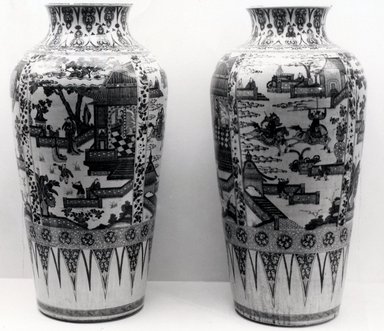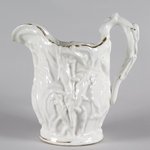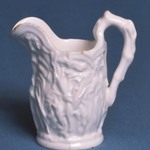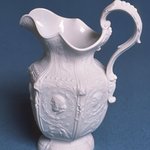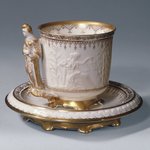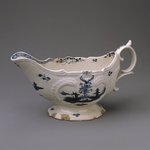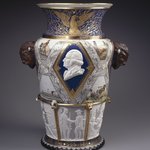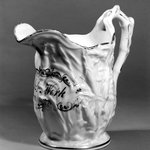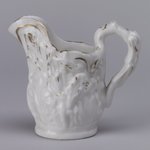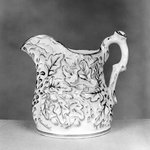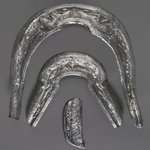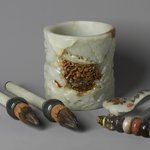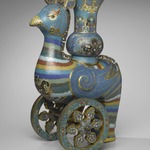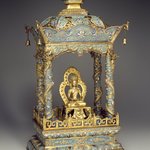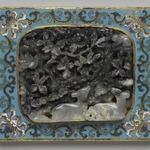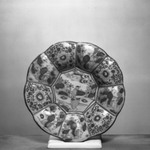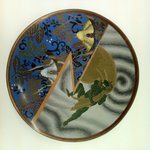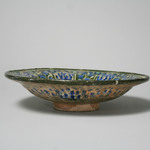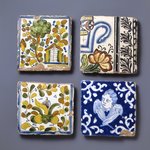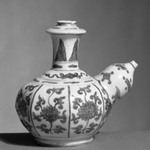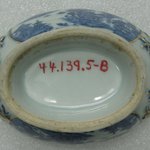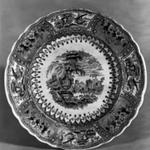Why blue?
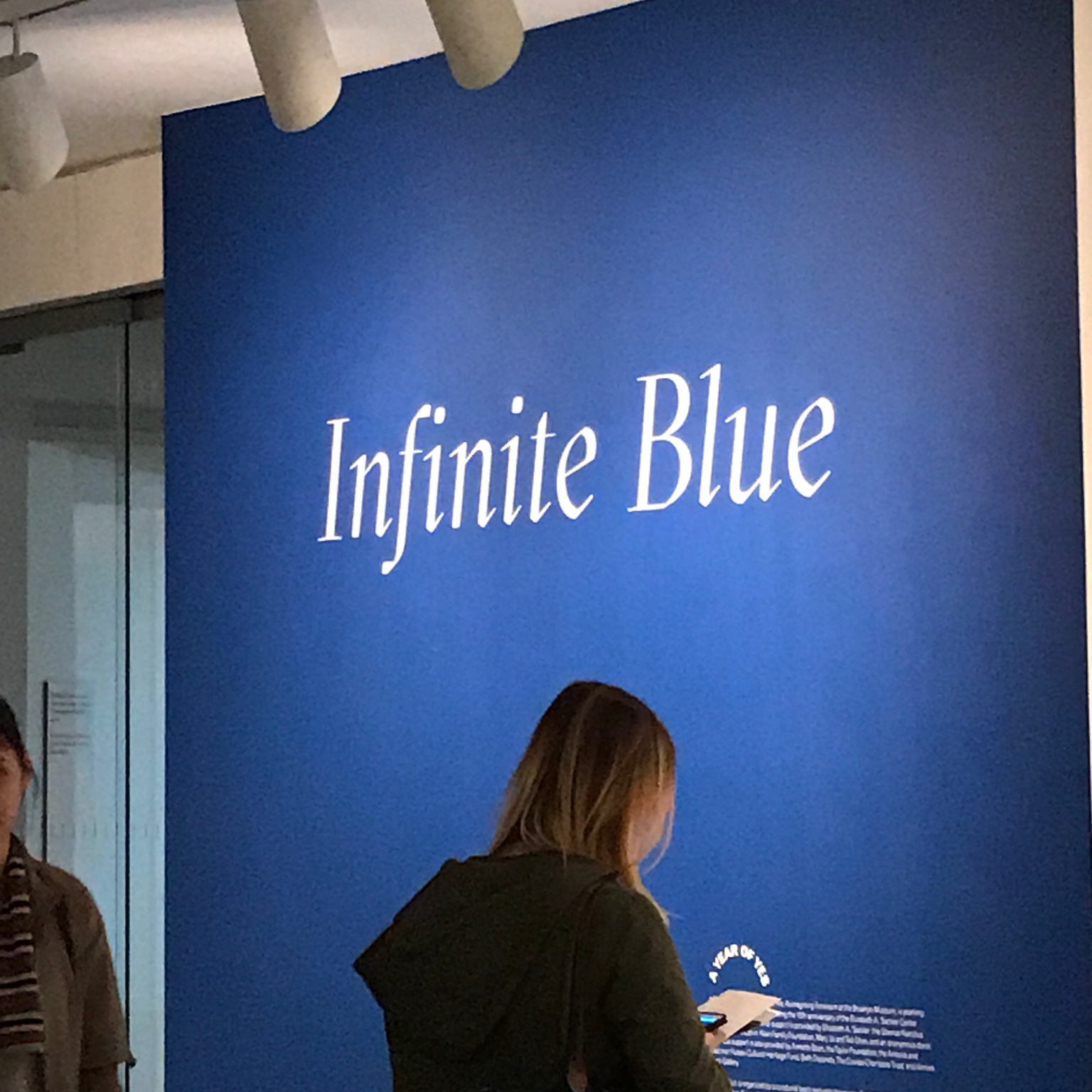
Blue is actually one of the rarer and harder-to-acquire pigments in the pre-modern world. The ways in which the color traveled and the lengths people went to in order to acquire it provide a basis for the cross-collection aspect of the exhibition.
I'm a big fan of blue, and blue-and-white porcelain, so I quite like the idea. What do you think?
I like the porcelain too. I think there's an interesting narrative created throughout the different porcelain works from different countries.
Absolutely! It's a great way to look at the world and how interconnected humanity, and our interests, can be.
Very true. Are all of the pieces part of the permanent collection?
For the most part, yes. There are a few loans, such as the video installation, but the core of the exhibition is from the museum's permanent collection. The concept of the exhibition is to create an introductory experience that gives visitors a sense of what our collection holds.
It also allows us to showcase some works from the Asian collection while those galleries are closed for reinstallation.
What is this?
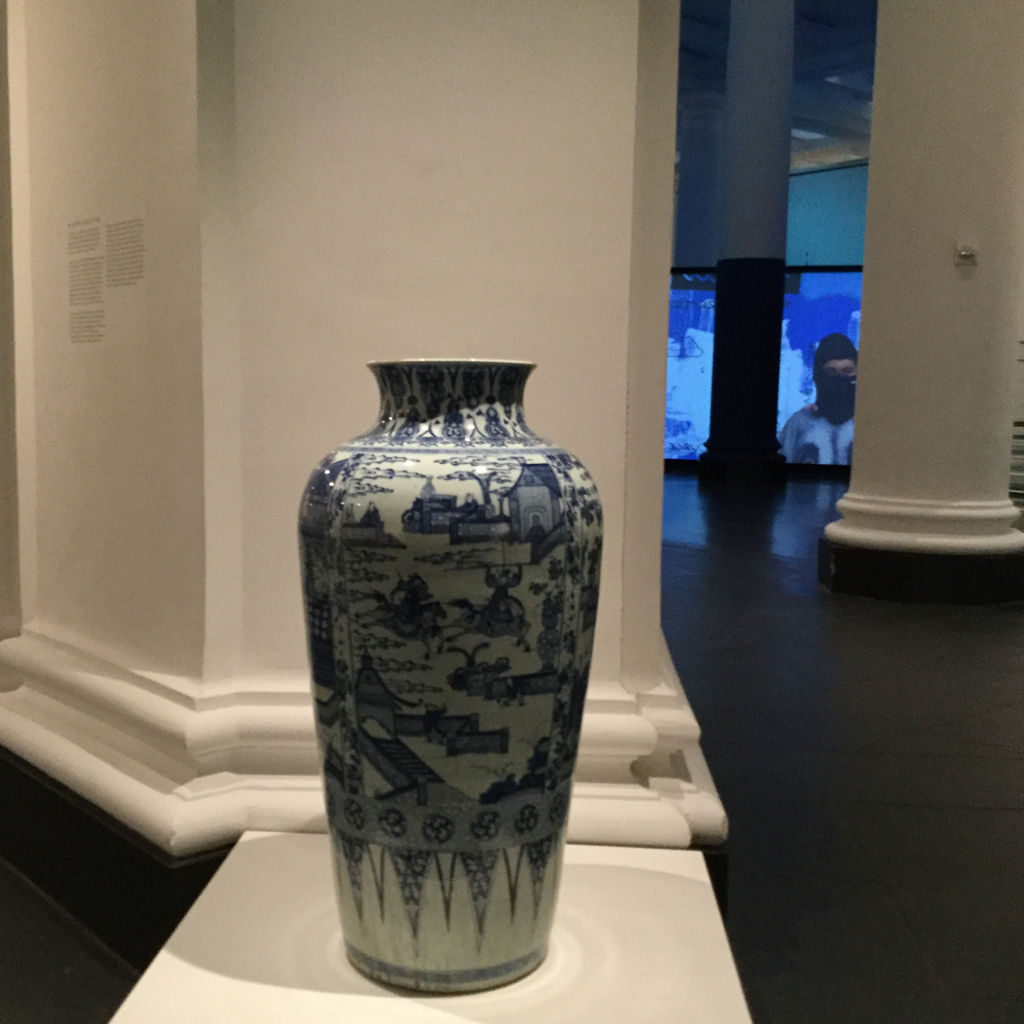
This is one in a pair of vases. If you look closely, you can see that they are decorated with scenes that people at the Qing Dynasty court would have liked to look at. One of the vases shows scenes related to horsemanship while the other shows ladies of the court with children. The designs between the scenes were inspired by book illustrations and were meant to make the scenes easier to "read." The images were painted onto the ceramic slip before it was glazed!
Tell me.
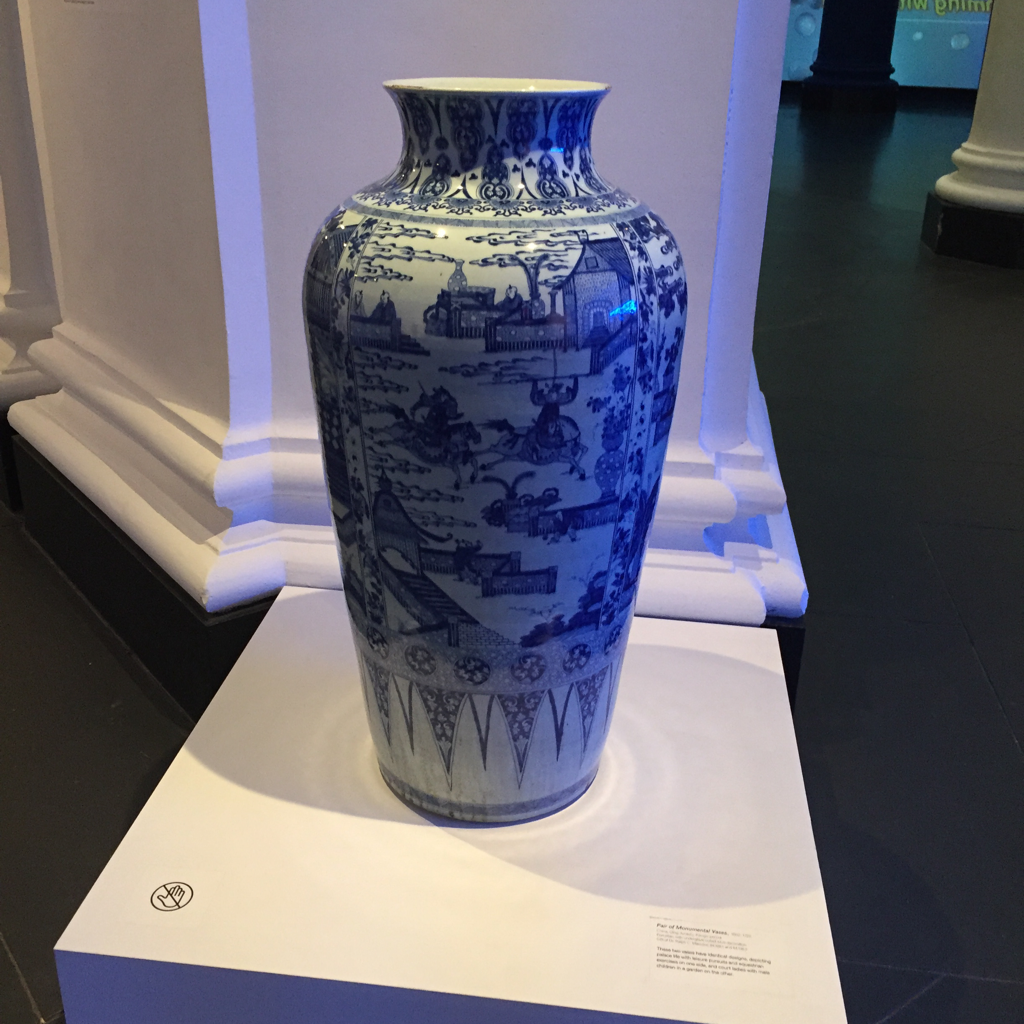
This is one of a pair of monumental porcelain vases from the Kangxi period of Qing dynasty China. During the time, a sapphire blue color was favored for blue and white ceramics.
The vases show equestrian and court scenes. The Qing court, used to riding horses, would have been drawn to this subject matter. The designs were made by delicately painting the blue design using cobalt pigment on the porcelain before covering the ceramic in a clear glaze.
How old is this?

This is one of a pair of monumental porcelain vases from China. It dates to the Kangxi period, 1662-1722, when this deep blue sapphire-like color was used in porcelain objects like this one.
Tell me more!
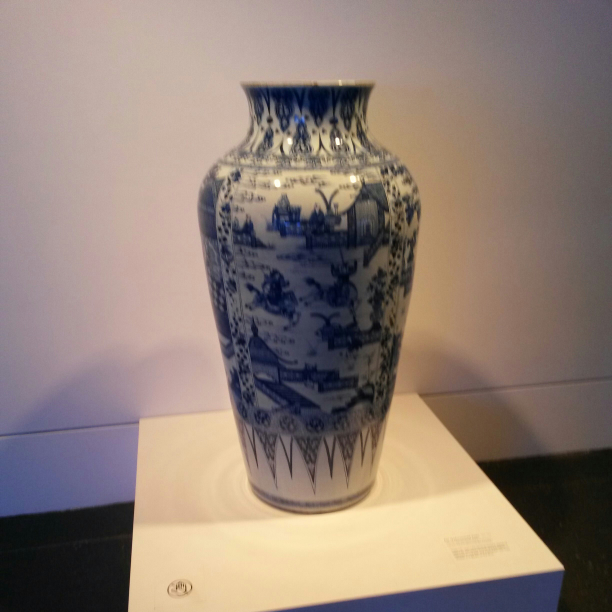
This is one of a pair of monumental vases from the Kangxi period of the Qing dynasty in China, known for their sapphire like blues. The bodies of the vases combine decorative elements and narrative scenes, arranged so that the scenes themselves are easier to "read." The scenes depict the activities of court life, such as equestrian pursuits. These would have appealed to the elite owners of these vases.
When was the Monumental Vase made?
This vase was made during the Kangxi period (1662-1722) of the Qing Dynasty, a period known for ceramics with sapphire-like blues.
This pot is amazing and it’s hand made. How long would it typically take to make one this size?
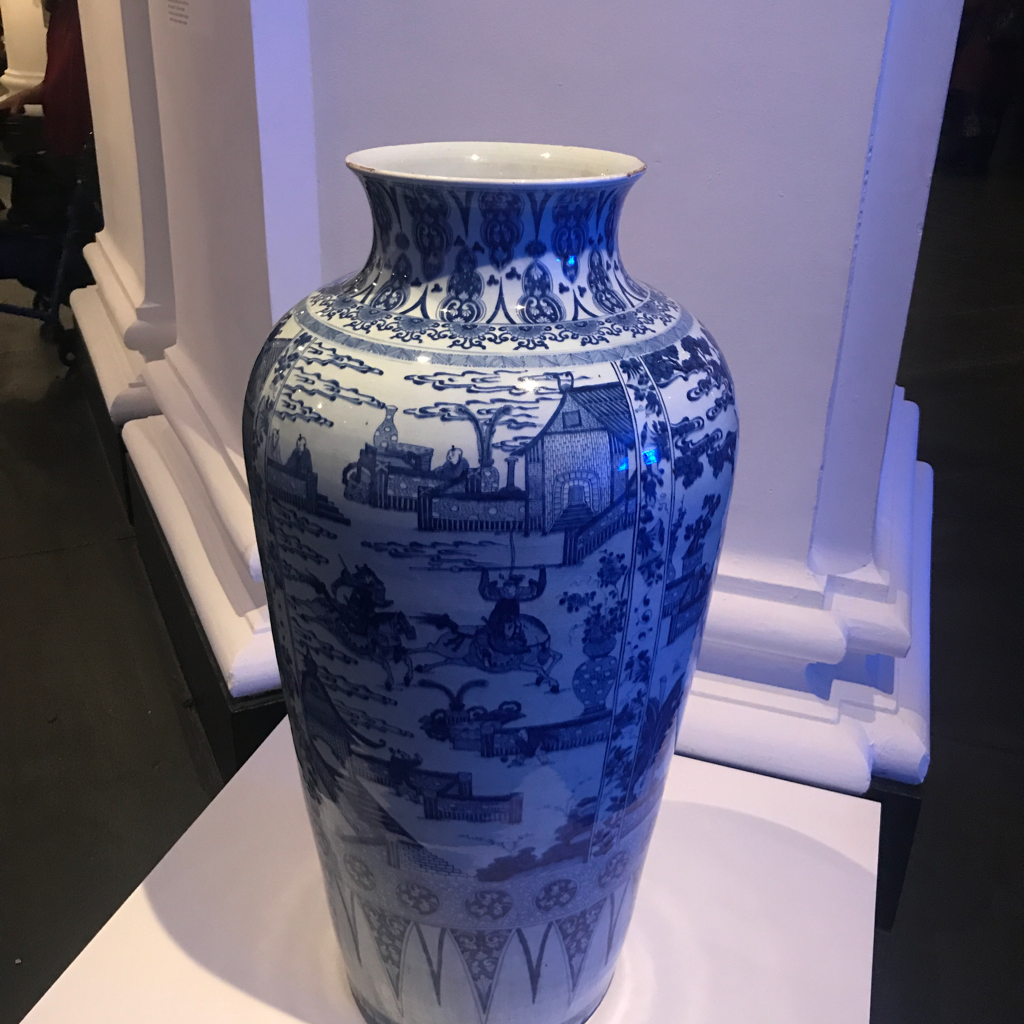
Isn't it remarkable?! The potters who worked in the imperial kilns at Jingdezhen worked very efficiently. The potting would have taken several days. After firing they had to let the kiln cool off, and then the decorating would have taken a few more days!
A little known fact: the reason so much porcelain is decorated with cobalt blue is because that is one of the few metals that would withstand that high temperatures used to fire porcelain!
Tell me about this.

This little man riding a horse is part of a larger scene from one of a pair of Monumental Vases from Kangxi period china, made for the court to look at and enjoy. Equestrian scenes here and scenes of court women and children on the other vase would have been two popular subjects for members of the Qing Dynasty court.
I love the horses!
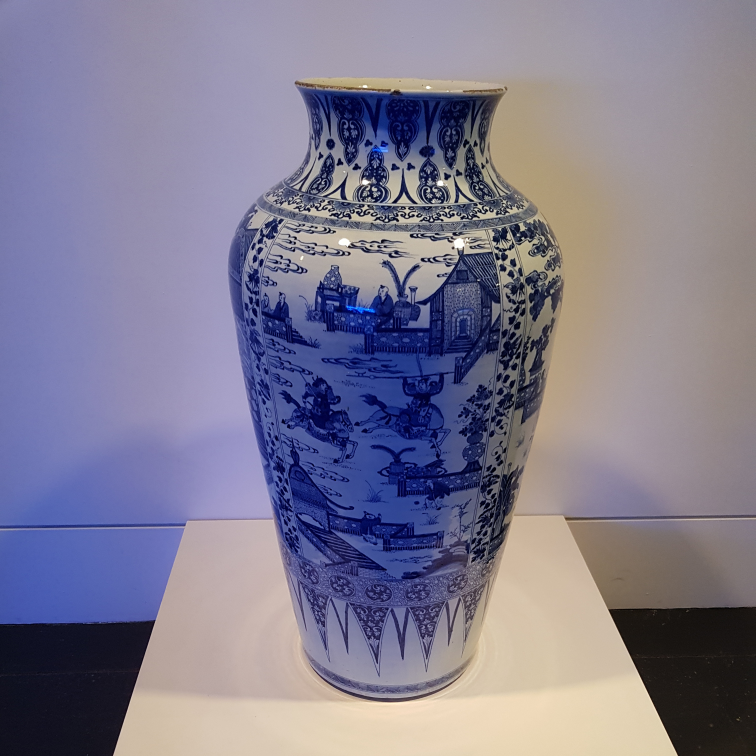
The decorations on these vases would have appealed to the royal Kangxi court - especially the horses! This dynasty was founded by Manchu horsemen who valued equestrian pursuits.
By the 18th century, China had discovered its own cobalt blue deposits. In earlier decades, they imported the mineral from modern day Iran. They referred to the color as "Mohammedan blue".
Dime algo sobre esto.
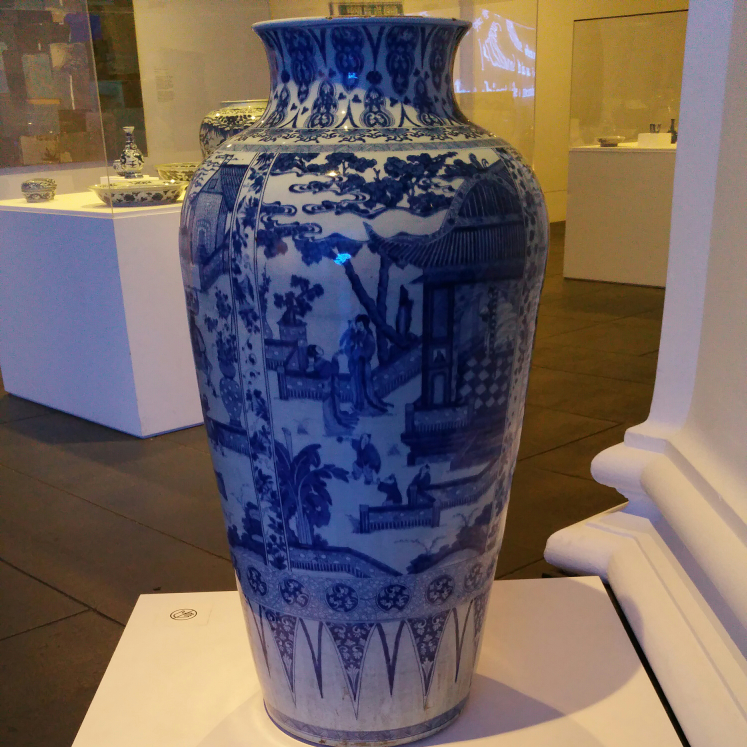
Este vaso monumental es del periodo Kangxi de la dinastía Qing en China.
Durante este periodo, el emperador restauró la estabilidad y apoyo a las artes después del turbulento periodo transitorio entre las dinastías Ming y Qing.
Las porcelanas azul y blanco del periodo Kangxi son conocidas por su color azul profundo y claro, como zafiro. Este ejemplo fue parte de la decoración en la casa de una familia élite.
My mother had a vase like this. How did this design become a mainstream object?
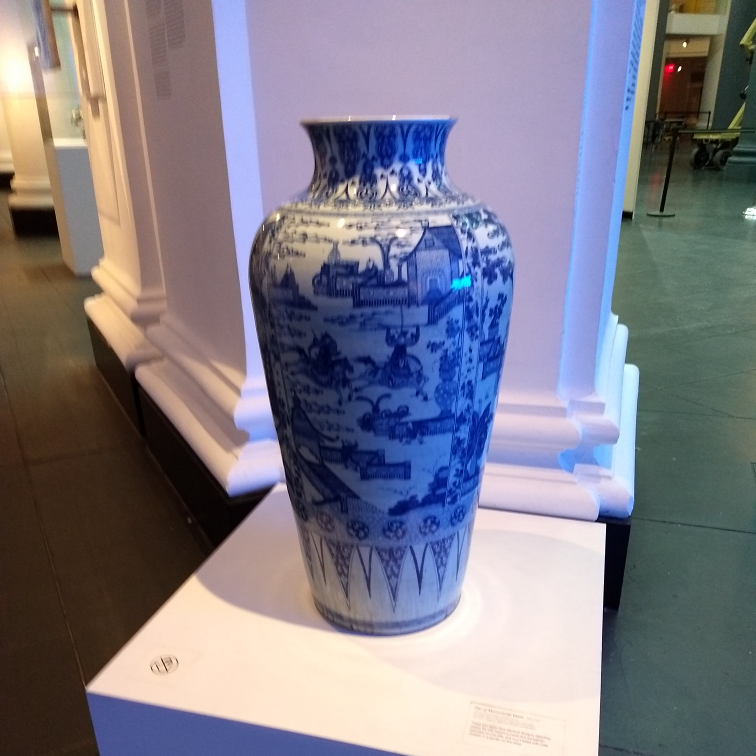
The short answer is: through a lot of trade. This monumental vase represents the popularity and mastery of blue and white porcelain during the Kangxi period in China, around 1662 to 1722.
Blue and white porcelain production first started gaining popularity in China in the 14th century, under the Mongols. By the Ming dynasty, these blue and white wares were being exported to Europe.
They then grew in popularity in Europe, and by the Qing Dynasty (1644-1911) there was a boom in export of blue and white porcelain to Europe.
With high demand, businesses in Europe and the United States started to make pieces in imitation of these Chinese imports.
These imitation wares include Delft ware, earthenware covered with thick tin-based glaze to imitate Asian porcelain, and developed in Delft in the Netherlands.
We think this looks like the underworld. Is it?
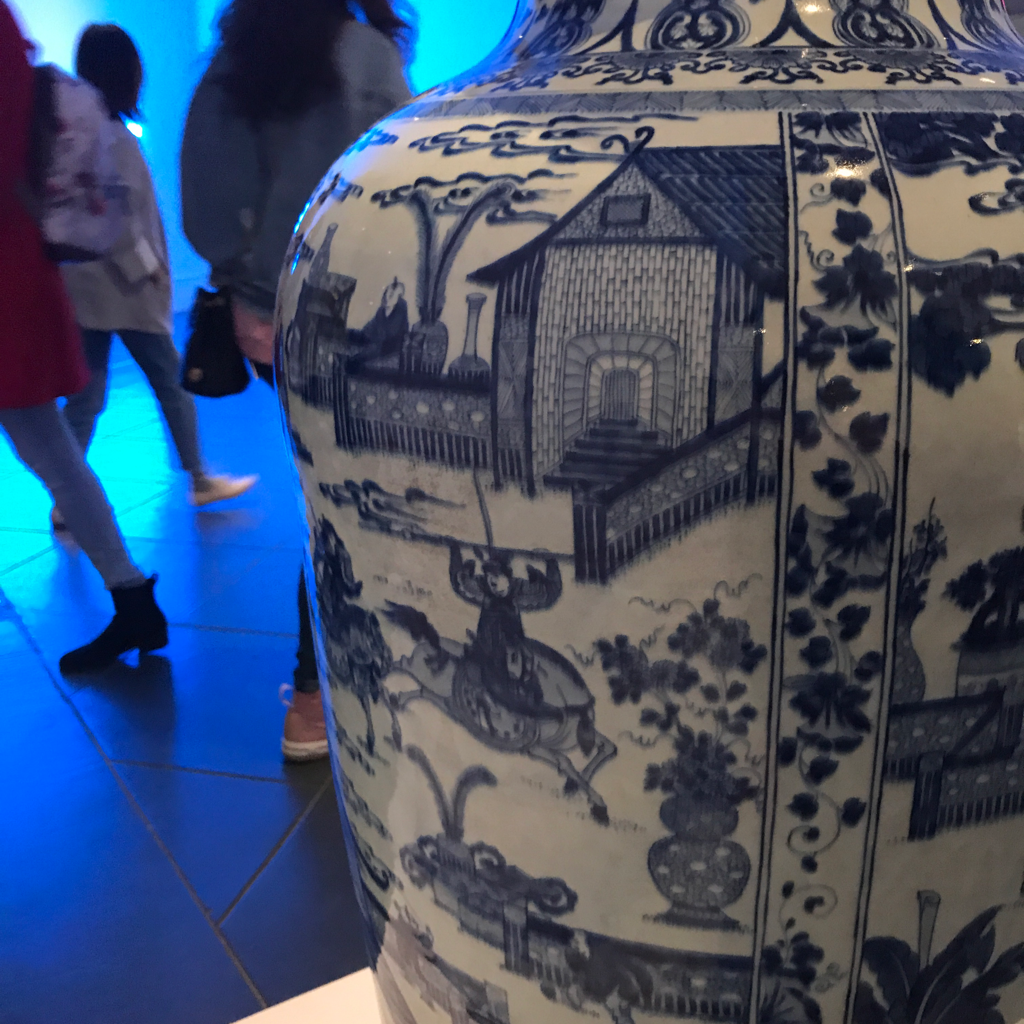
Hi there! I don't think anyone has made the underworld comparison before, what makes you say that? The two monumental vases actually depict scenes of court life in 17th century China.
I think the color and stacked images
Interesting connection! This kind of continuous narrative is common in Chinese art with various meanings. If you look closely, you'll notice that the figures are actually enjoying themselves!
Are images / "scenes" often repeated? This vase has the same thing twice, implying to me that the artist uses this repeatedly as a "stock scene" in his portfolio, maybe on lots of vases?

There are definitely many recurring themes in Chinese vase decoration that could easily be used on multiple pieces, or multiple times on one vase of this scale!
This pair of monumental vases were designed to adorn part of the palace so the scenes recreate court life.
Other common themes are longevity, prosperity, and scholarship.
But the exact scene being duplicated implies to me that the artist just bangs these out by the dozen, like hotel paintings or something. It takes a certain skill and repetition to paint the exact subtleties repeatedly. That kinda cheapens it for me.
Lol. You probably don't want my feedback but there it is. Thanks!
We love direct feedback from visitors like that, it’s part of the reason we developed this service! I totally see what you mean, and you’re not wrong. Vases like these were produced in imperial kilns in huge quantities during imperial China with many recycled designs. So in a sense, they were made in a factory setting, but by highly skilled artisans. They were mass produced, but still expensive.
It's certainly very different than the modern Western interest in uniqueness especially in artwork.
Cool. Thanks again.
How is Qing Dynasty artwork unique?

The sapphire tone of the blue decorations here are characteristic of the Qing Dynasty and especially the period of the Kangxi Emperor. Figurative designs like this developed in the previous Ming Dynasty and continued into the Qing, but the subject matter you see here---especially the inclusion of horses---is something that would have specifically spoken to the Manchu elites of the Qing court.
Thank you!
Does this vase represent anything?
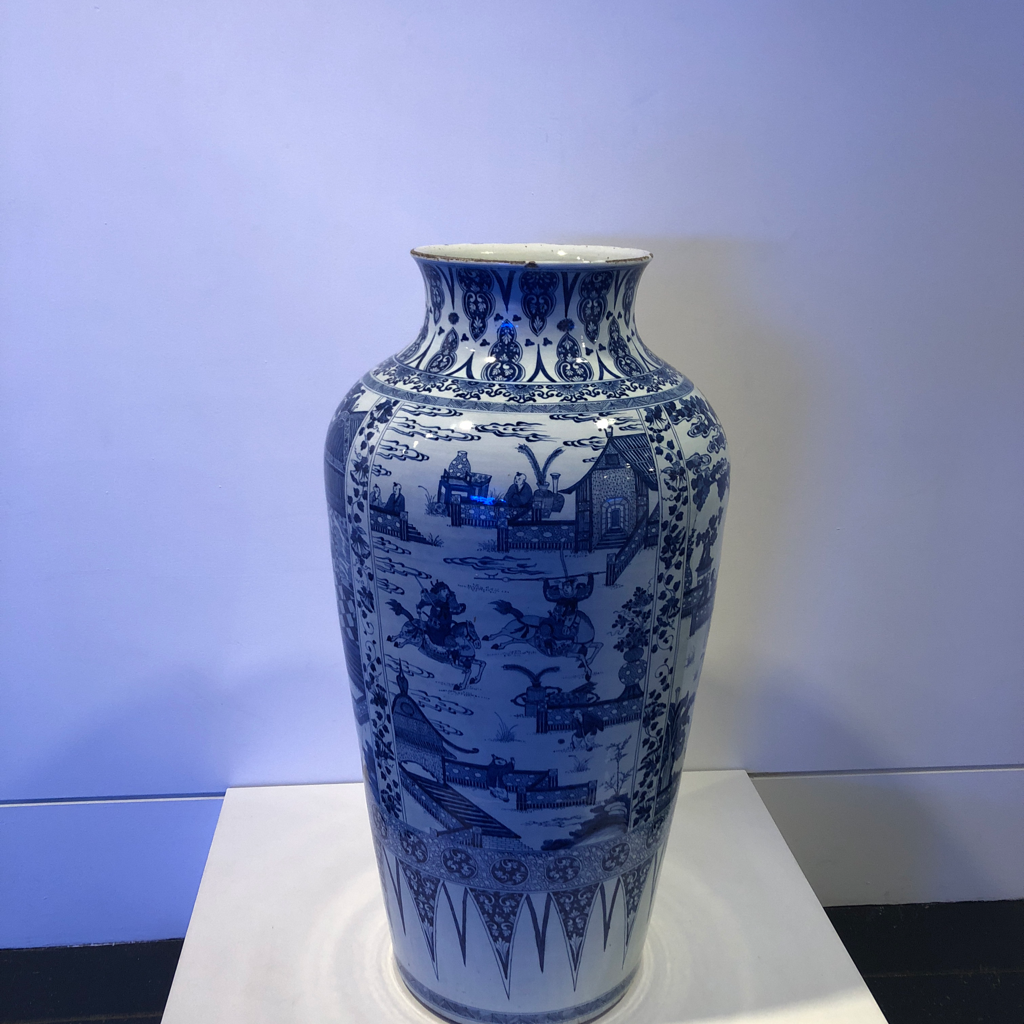
This vase would have stood in the home of an elite family as decoration during the Kangxi period in China.
The imagery on it would have appealed to their way as life as the scenes depict activities the elite would have enjoyed, such as horse riding!
Understandable. Thank you.
Who made this?
We do not know the name of the artist who created this monumental vase, but we know that they worked in the royal kilns during the reign of the Kangxi emperor in China.
Thank you!
